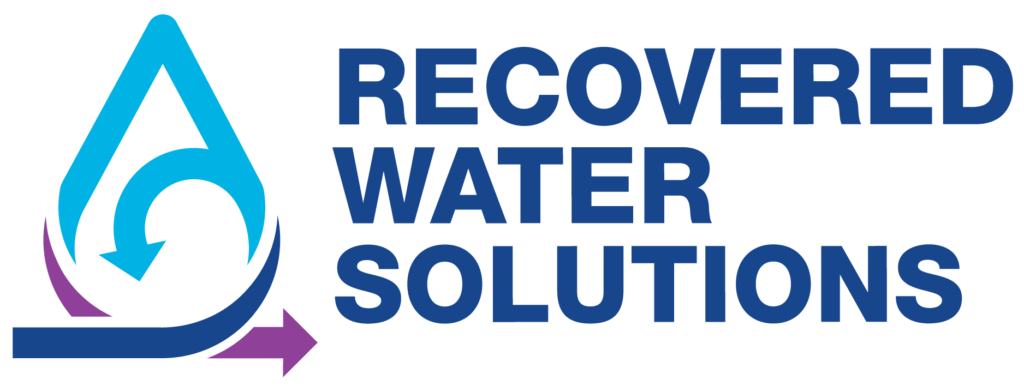Wine Business Monthly Featured Our Work at Trinchero Family Estates’ Sutter Home Winery Facility: Here’s What It Takes to Recycle Winery Wastewater
Wednesday June 6th, 2024 11am PST

Recently, Wine Business Monthly (WBM) featured our efforts at the Trinchero Family Estates’ Sutter Home winery facility in Napa. We wanted to provide further insight into what it takes to reuse and recycle winery wastewater, and more toward zero liquid discharge (ZLD). Reuse and recycling water is especially important in light of recent regulatory changes regarding winery wastewater discharge requirements (read more on the recent regulations here). Sutter Home, a Tier 4 facility, decided it was time to modernize their operations and improve their water management.
At Winesecrets, we have identified and broken down the phases necessary to move toward zero liquid discharge for winery facilities. This process may seem complex, so we’ve outlined where winery cooperation and participation are essential at each phase. Each project is unique, influenced by factors such as the current facility setup, operational practices, financial considerations, and local water regulations. Using Sutter Home as a case study, we demonstrate how this process can unfold.
Our Four-Part Process:
- Process Demonstration Phase
- 2023 Actual Sutter Home Facility: Phase I – Establishing Technical Basis for High Recovery
- Insights: Our first step is to assess the water reuse opportunity and develop a proposal tailored to the winery’s needs.
- Activities: Tours of the facility, wastewater discharge assessment, sampling, and testing are conducted.
- Data Requirements: Information on water usage during bottling, harvest, and different seasons is crucial. Analyses of discharge water will inform recycling scheme.
- Proof of Concept
- 2024 Phase II – Reliable Operation of a Single Unit with Recycled Wastewater
- Insights: During this phase, we test the feasibility, address regulatory and waste disposal risks, and aim to improve aggregate yield.
- Cooperation Needed: The winery must facilitate the trial operation and sample collection.
- Adjustments: Trial equipment is fine-tuned to maximize water recovery.
- Initial Implementation
- 2025 Phase IIIA – Installation of Ultrafiltration to Convert Digester into a Membrane Bioreactor (MBR)
- Activities: Engineering studies and facility tours are conducted. The winery must host engineering visits and provide facility information.
- Objective: Prepare wastewater for recovery by converting the digestor using MBR technology.
- Process Implementation
- 2026 Phase IIIB – Install Water Recovery Hardware
- Activities: Installation of water softening and the first full-scale process line including low pressure reverse osmosis and high efficiency reverse osmosis. Recovered water may be routed to the headwater for a complete water recycling process.
- Coordination: The winery needs to manage on-site construction logistics, including deliveries and building activities.
Phase VI: Completion of MBR and Recycling Line Installations
In this part, the main investment is completed. The winery will provide staff to be trained on using and maintaining the full-scale equipment, ensuring sustainable and efficient operation.
By following this comprehensive process, wineries can recover wastewater and move toward zero liquid discharge, meeting regulatory requirements and contributing to environmental sustainability. If you’re interested in learning more about how Winesecrets can help your winery achieve zero liquid discharge, please contact us. We’re here to support you every step of the way.







